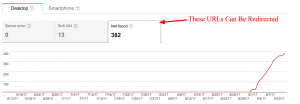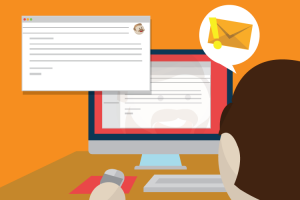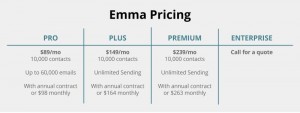By Yasmin Gagne
After John Furner, president and CEO of Walmart U.S., told Bloomberg in October that GLP-1s, a class of medications prescribed for weight loss—which include Ozempic, Mounjaro, and Wegovy—are changing how shoppers behave, resulting in their buying slightly less food, shares for Mondelez (maker of Oreo), PepsiCo, and Hershey’s tumbled.
Also last month, Nestlé CEO Mark Schneider said in an earnings briefing that the company was already preparing for the increased adoption of GLP-1s and working to make products catering to those who use the medication. These would include vitamin and mineral nutritional supplements that users might no longer be getting from food.
Indeed, businesses from food to tobacco to aviation have signaled that they are preparing for a not-too-distant future in which consumers are choosing Ozempic not Oreos, Moujaro rather than Marlboros, and go to pick up Wegovy instead of going to Walmart. In earnings calls from just the past couple of months, executives have stated that they anticipate changes in demand for certain grocery products. Though the pronouncements have been rather vague as yet, the market has already priced the news into the stocks that are most likely to be affected.
In other words, Ozempic has had a slimming effect on the stocks of junk food and tobacco makers.
Banking analysts have been issuing hot takes based on the hypothetical scenario, too. At Bank of America, analysts have said that the increased popularity of the drug could reduce addictive behavior, which could impact tobacco, alcohol, and gaming companies. At Jefferies, analysts even speculated that as more people lose weight on the drug, airlines could save fuel because planes would be lighter.
Such pronouncements should be taken with a pinch, er, grain of salt.
Seemingly, every time the weight-loss industry has a new development—like a fad diet gaining popularity—executives and analysts have been quick to draw premature conclusions. Typically, in the early stages especially, it’s not possible to know the effects of widespread adoption among consumers, making it difficult to parse correlation from causation when it comes to purchasing trends.
GLP-1s’ effect on food purchases at big-box stores like Walmart can be tough to measure, says Alexia Howard, senior research analyst at Sanford Bernstein. “It’s worth bearing in mind that [users of the medications] may be shopping for their entire households, so it’s hard to extrapolate to individual consumption,” she says. But, she adds, early signs do point to a changing demand for junk food and protein products. “Early indications suggest those on the drugs consume less junk food—most notably confectionery and greasy foods. We could see a shift from these products to more protein-based food products. Protein shakes, for example, seem to be particularly popular among GLP-1 users for increasing protein consumption to preserve muscle mass. On top of this, you could see companies focusing more on smaller pack sizes as the average consumer eats less.”
However, this kind of pronouncement has been made before. In the 1970s, at the height of the Atkins diet’s popularity, wheat stocks fell because the diet counsels followers to avoid carbs. By 2004, the diet’s popularity had waned and those stocks were back up.
In the 1990s, as avoiding fat became popular, Nabisco launched Snackwell’s, a line of fat-free cookies and snack cakes in an effort to boost its stock performance. In the 2010s, the forbidden ingredients became gluten and dairy, which helped prompt the Got Milk ad campaign.
Still, the increased adoption of GLP-1s is different from fad diets in two consequential ways. First, avoiding certain foods can be difficult and requires a considerable amount of willpower. But taking a semaglutide, marketed as Ozempic and Wegovy, requires “only” a weekly injection—after which the medication goes to work by suppressing the users’ appetite.
Second, once you’re on Ozempic or another GLP-1, you typically have to stay on it for life. Users who have stopped report rapid weight gain and blood sugar levels that climb back up. These factors make it more likely for GLP-1s to have a longer-term effect on shopping trends.
Howard says that it’s just too early to tell. Many things have to align for more people to have access to the drug. “Current prescription numbers suggest that only around 1% of U.S. adults are taking them. If this increases to 10% of U.S. adults over the next 5 years—which is clearly an unknown at this point and will depend on so many factors, including insurance coverage, tolerability, availability, and adherence rates, etcetera—then the impact on overall food consumption will likely be fairly muted.”
(1)











